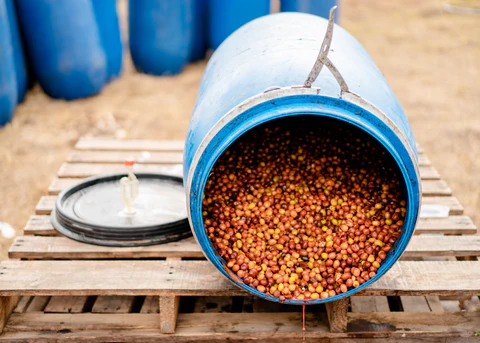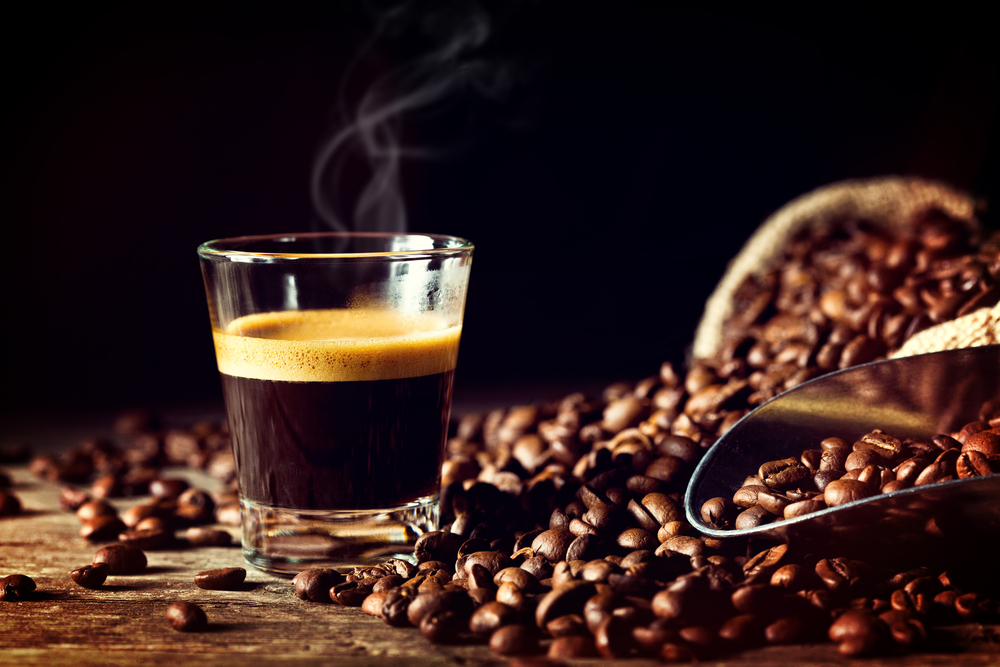Brewing dark roast espresso is an art that combines the deep, rich flavors of a dark roast with the robust intensity of espresso. This guide offers an overview of espresso brewing techniques, essential tools, and practical tips to help you craft the perfect cup at home.
Whether you’re a seasoned coffee enthusiast or a casual drinker looking to explore new depths of flavor, mastering the technique on how to brew dark roast espresso can elevate your coffee game. Let’s dive into the world of dark roast espresso and uncover the secrets to a bold and satisfying brew.
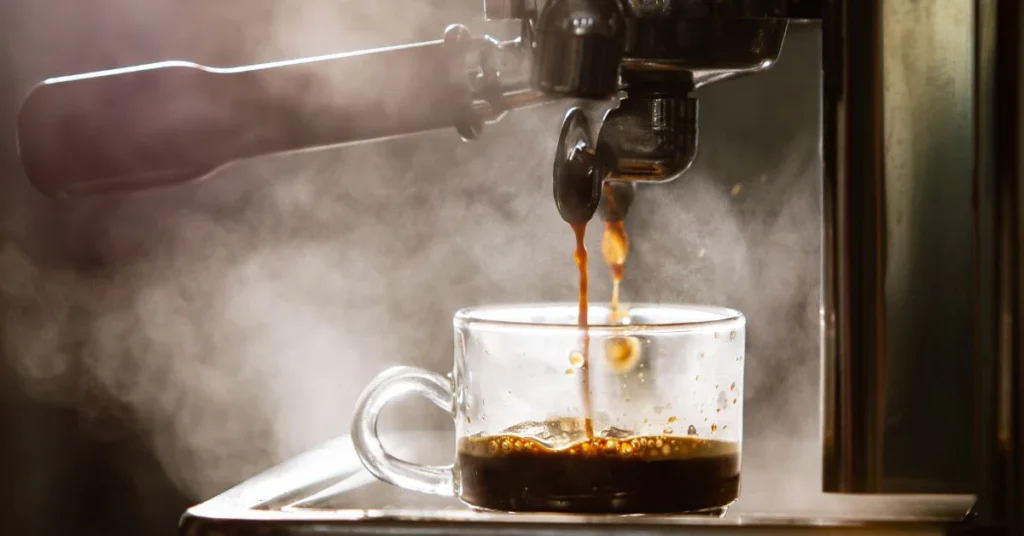
Understanding Espresso
Espresso is a concentrated form of coffee, brewed by forcing a small amount of nearly boiling water through finely-ground coffee beans. It’s known for its rich, intense flavor and creamy consistency, often topped with a layer of crema—a golden foam that forms on the surface of the coffee.
A Brief History of Espresso
Espresso originated in Italy in the early 20th century, with the first espresso machine being patented by Angelo Moriondo in 1884. However, it was Luigi Bezzera and Desiderio Pavoni who refined and popularized the machine in the early 1900s, making espresso a staple in Italian coffee culture. Since then, espresso has spread worldwide, becoming the foundation for many popular coffee drinks such as cappuccinos, lattes, and macchiatos.
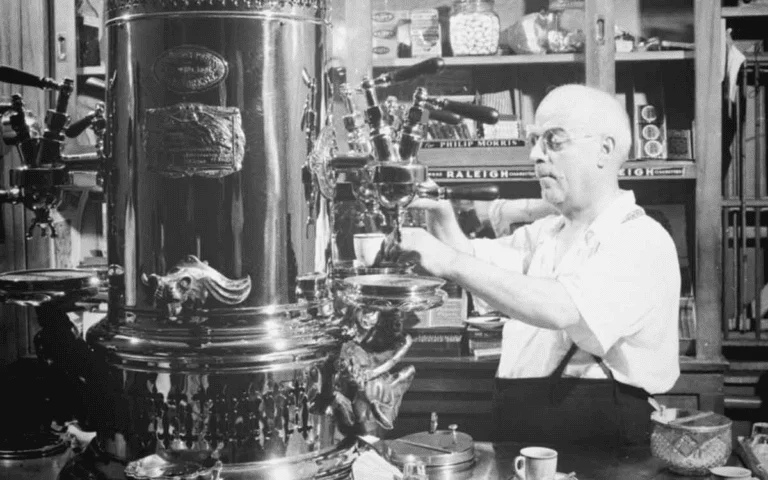
How Espresso Differs from Other Brewing Methods
Espresso differs from other coffee brewing methods in several key ways:
- Pressure: Espresso is brewed using high pressure (typically 9 bars), which extracts flavors and oils more efficiently than drip or pour-over methods.
- Grind Size: The coffee grounds used for espresso are much finer than those used for other brewing methods, resembling the texture of powdered sugar.
- Brewing Time: Espresso has a much shorter brewing time, usually around 25-30 seconds, compared to several minutes for other methods.
- Concentration: Due to the brewing process, espresso is much more concentrated, offering a stronger, more intense flavor in a smaller volume.
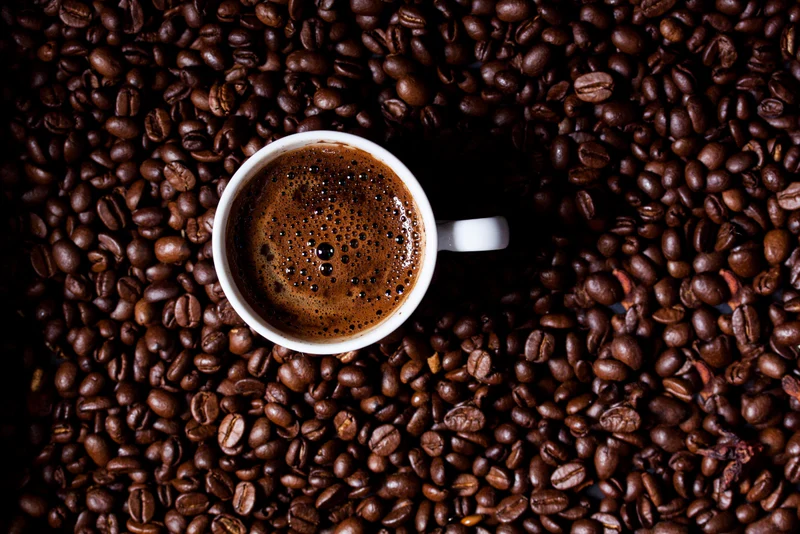
Understanding these fundamental aspects of espresso helps appreciate the precision and skill involved in brewing a perfect shot. Now that we have a solid grasp of what espresso is, let’s move on to the specific nuances of brewing dark roast espresso.
Essential Tools for Espresso Brewing
To brew espresso at home, you’ll need a few key pieces of equipment. First, an espresso machine, which ranges from manual to super-automatic models. Second, a high-quality burr grinder to ensure a consistent grind size.
You’ll also need a tamper to compress the coffee grounds evenly, a milk frother if you enjoy milk-based drinks, and a digital scale for precise measurements. These tools form the foundation of successful espresso brewing, allowing you to control each aspect of the process for the perfect shot.
Choosing the Right Espresso Machine
Selecting the right espresso machine is crucial for achieving your desired results. There are several types to consider:
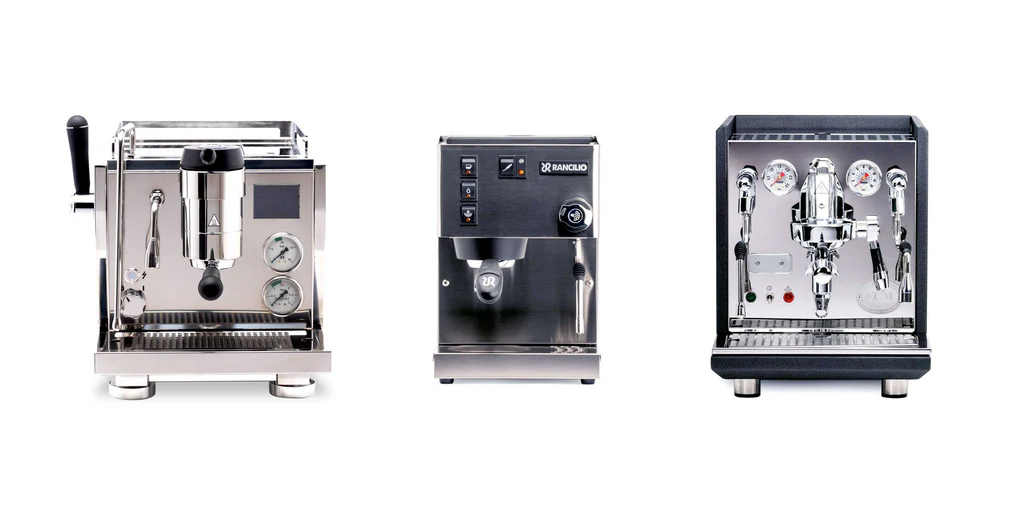
- Manual Espresso Machines: These offer the most control, allowing you to fine-tune every aspect of the brewing process. However, they require more skill and practice.
- Semi-Automatic Machines: A popular choice for home baristas, these machines automate some steps while still giving you control over grinding, tamping, and extraction.
- Super-Automatic Machines: Perfect for convenience, these machines handle everything from grinding to brewing at the touch of a button, ideal for those who want a quick, easy espresso.
When choosing a machine, consider your skill level, desired control, and budget. Researching and comparing features will help you find the best fit for your needs.
Importance of a Good Grinder
The grinder is a critical component in espresso making, as the grind size directly impacts the flavor and quality of your shot. A good burr grinder ensures a consistent grind, which is essential for even extraction. Blade grinders, on the other hand, produce uneven grinds, leading to under or over-extraction.
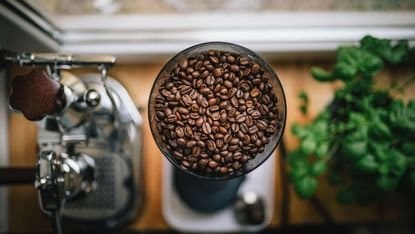
When choosing a grinder, look for adjustable settings that allow you to fine-tune the grind size. Investing in a high-quality burr grinder will significantly improve your espresso experience, providing the foundation for a rich, balanced shot.
The Coffee Beans: Selection and Preparation
Choosing the right coffee beans is crucial for a great espresso. For dark roast espresso, look for beans that are labeled as “espresso roast” or “dark roast.” These beans are roasted longer, resulting in a bold, rich flavor profile with lower acidity. Popular varieties include blends with origins from regions like Latin America, Africa, and Asia, which offer robust flavors ideal for espresso.

Preparing the Beans
Once you’ve selected your beans, proper storage is essential to maintain their freshness. Store your beans in an airtight container, away from light, heat, and moisture. When you’re ready to brew, grind the beans just before use to preserve their aromatic oils and flavors. Aim for a fine grind, similar to table salt, as this ensures optimal extraction during brewing.
Using fresh, high-quality dark roast beans and grinding them correctly is key to achieving a rich, flavorful espresso shot. Now that we’ve covered bean selection and preparation, let’s move on to the brewing process itself.
Roast Types for Espresso
Light Roast
Light roast beans are roasted for a shorter time, preserving more of the bean’s original flavors and higher acidity. While not traditionally used for espresso, light roasts can create a unique, bright espresso with floral and fruity notes. However, their higher acidity may not appeal to everyone.
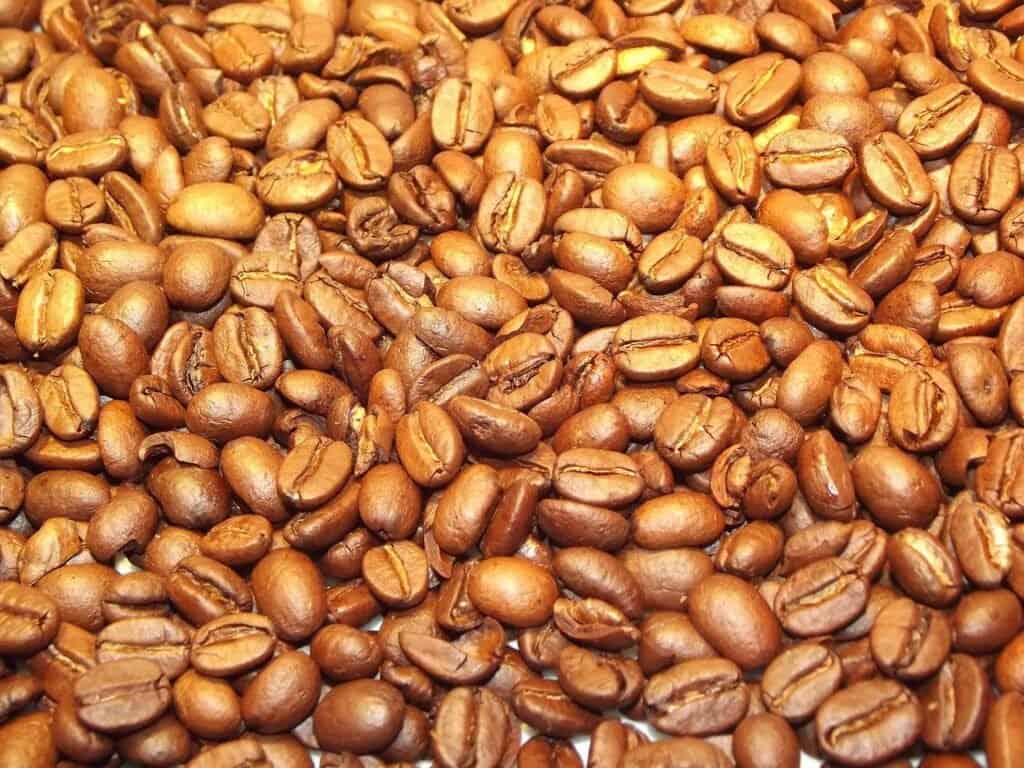
Medium Roast
Medium roast beans strike a balance between preserving the bean’s original flavors and adding sweetness through caramelization. These beans are versatile and popular for espresso, offering a smooth, balanced flavor with hints of chocolate and nuts. They provide a good middle ground for those who enjoy a mix of acidity and body.

Dark Roast
Dark roast beans are roasted the longest, resulting in a bold, rich flavor with low acidity. They’re the most traditional choice for espresso, delivering deep, robust flavors with notes of chocolate, caramel, and sometimes a smoky finish. The extended roasting process brings out the oils in the beans, contributing to a thicker crema and a fuller body.
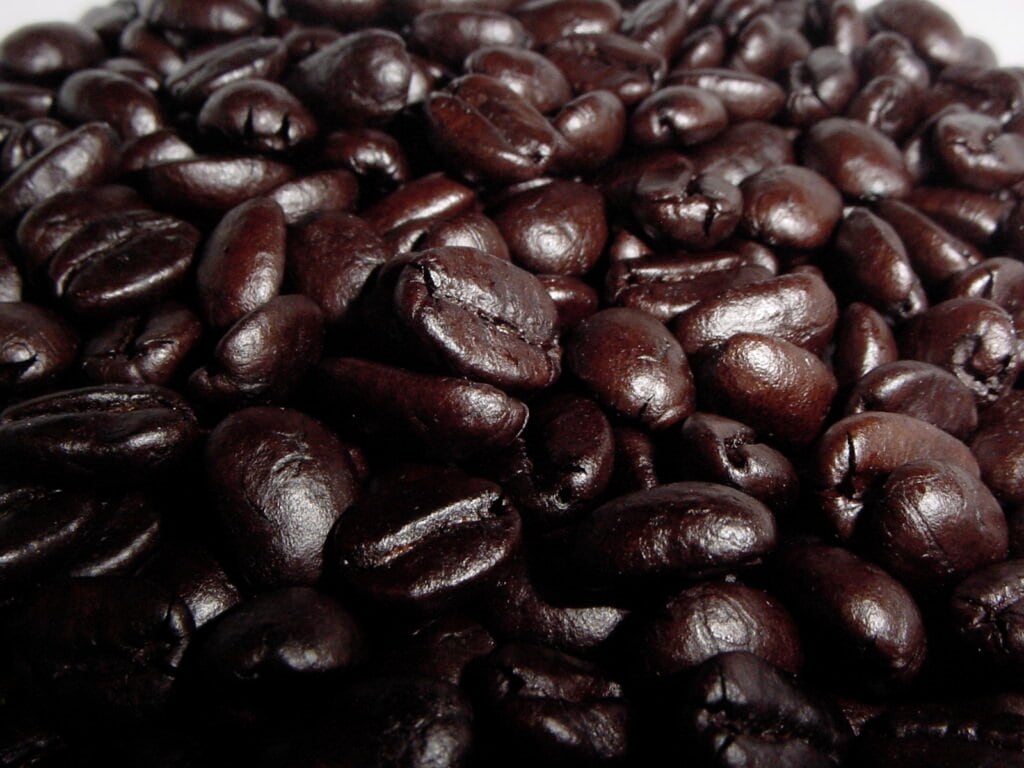
Understanding the impact of different roast types on espresso can help you choose the right beans to match your flavor preferences. Whether you prefer the brightness of a light roast or the richness of a dark roast, there’s a perfect espresso bean out there for you.
The Brewing Process
Brewing espresso involves several key steps:
- Dosing: Measure 18-20 grams of coffee for a double shot.
- Grinding: Use a burr grinder to achieve a fine, consistent grind.
- Tamping: Evenly distribute and press the grounds with 30 pounds of pressure.
- Extraction: Lock the portafilter into the machine and start the shot. Aim for a 25-30 second extraction time, yielding about 2 ounces of espresso.
Following these steps ensures a balanced and flavorful espresso shot every time.
Mastering the Art of Tamping
Proper tamping is crucial for a perfect espresso shot. Here are some techniques:
- Distribute Evenly: After dosing, ensure the coffee grounds are evenly distributed in the portafilter.
- Apply Consistent Pressure: Use a tamper to press the grounds firmly with about 30 pounds of pressure. A level tamp ensures uniform extraction.
- Polish the Surface: Give the tamper a gentle twist at the end to smooth the surface of the grounds.

Consistent tamping helps achieve an even extraction, enhancing the flavor and quality of your espresso.
Extraction and Its Variables
Several variables affect espresso extraction, and controlling them is key to consistent quality:
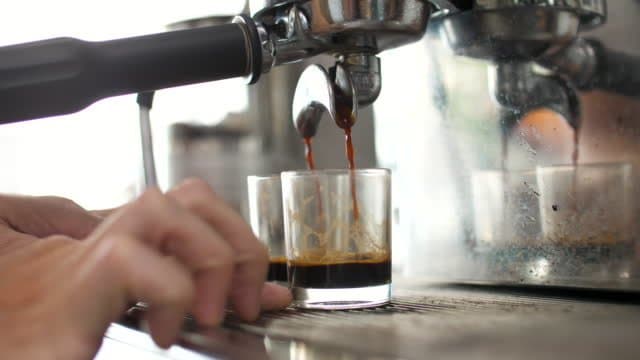
- Grind Size: A finer grind increases resistance, slowing extraction, while a coarser grind speeds it up.
- Water Temperature: Ideal brewing temperature is between 195°F and 205°F. Too hot or too cold can affect flavor.
- Pressure: Consistent pressure (around 9 bars) ensures even extraction.
- Extraction Time: Aim for 25-30 seconds for a balanced shot. Adjust grind size and tamping pressure to fine-tune this.
Monitoring and adjusting these variables helps you achieve a rich, balanced espresso shot every time.
Troubleshooting Common Espresso Issues
Even with the right techniques and tools, you might encounter some common problems when brewing espresso. Here’s how to fix them:
1. Bitter Espresso
- Cause: Over-extraction due to too fine a grind, high water temperature, or long extraction time.
- Solution: Adjust to a coarser grind, lower the water temperature, or shorten the extraction time.
2. Sour Espresso
- Cause: Under-extraction from too coarse a grind, low water temperature, or short extraction time.
- Solution: Use a finer grind, increase the water temperature, or extend the extraction time.
3. Weak or Watery Espresso
- Cause: Insufficient coffee grounds, coarse grind, or short extraction time.
- Solution: Increase the dose, use a finer grind, or ensure the extraction time is within 25-30 seconds.
4. No Crema
- Cause: Stale beans, improper grind size, or low pressure.
- Solution: Use fresh beans, adjust the grind size, and check the machine’s pressure settings.
5. Channeling (Uneven Extraction)
- Cause: Uneven tamping or distribution of coffee grounds.
- Solution: Ensure even distribution before tamping and apply consistent pressure.
Enhancing Your Espresso Experience
Enhancing the flavor of your espresso can take your coffee experience to the next level. Here are some tips and accessories to consider:
- Fresh Beans: Always use freshly roasted beans, ideally within two weeks of roasting, to maximize flavor.
- Water Quality: Use filtered water to avoid impurities that can affect taste.
- Proper Storage: Store beans in an airtight container in a cool, dark place to maintain freshness.
- Pre-Infusion: Some machines offer a pre-infusion feature that wets the coffee grounds before full extraction, enhancing flavor.
- Temperature Control: Ensure your machine’s water temperature is consistent and within the ideal range (195°F to 205°F).
- Accessories: Consider investing in a good milk frother for lattes and cappuccinos, a thermometer for accurate milk steaming, and a knock box for easy disposal of used grounds.
Advanced Techniques and Recipes
Learn advanced techniques like dialing in, pressure profiling, and single-dosing, along with delicious recipes for lattes, cappuccinos, Americanos, macchiatos, and espresso martinis to elevate your espresso game.
Advanced Techniques
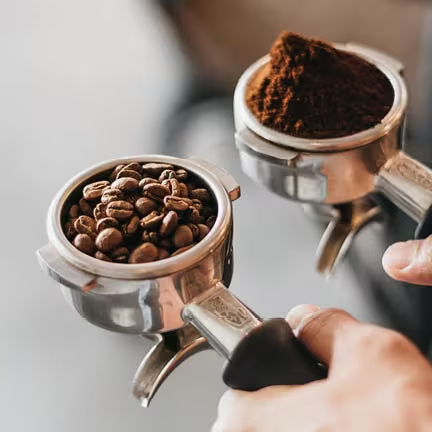
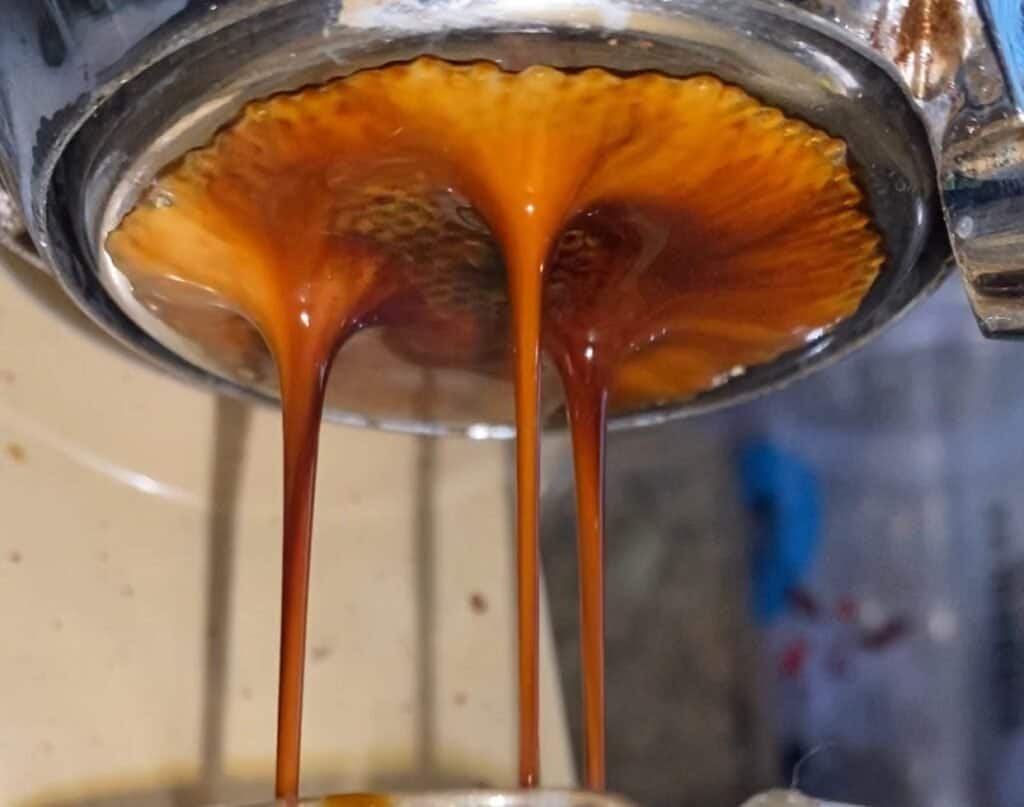
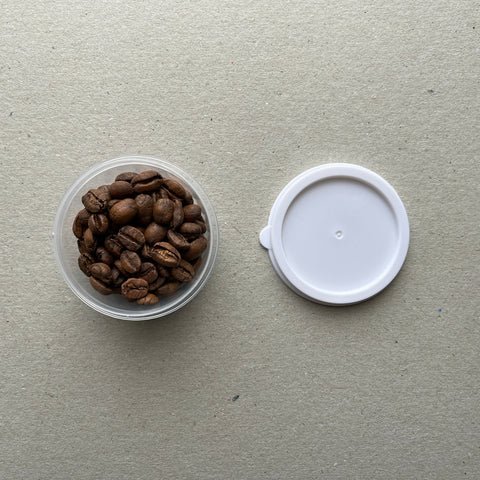
- Dialing In: This involves fine-tuning the grind size, dose, and extraction time to achieve the perfect balance of flavors.
- Pressure Profiling: Some advanced machines allow you to control the pressure throughout the extraction, creating unique flavor profiles.
- Single-Dosing: Using a single dose of beans for each shot to maintain consistency and freshness.
Recipes

- Latte: Combine a shot of espresso with steamed milk and a small amount of milk foam.
- Cappuccino: Mix equal parts espresso, steamed milk, and milk foam.
- Americano: Add hot water to a shot of espresso to create a coffee similar to drip but with espresso’s rich flavor.
- Macchiato: Top a shot of espresso with a dollop of milk foam for a strong, concentrated coffee.
- Espresso Martini: Shake together a shot of espresso, vodka, coffee liqueur, and ice for a sophisticated cocktail.
Experimenting with these advanced techniques and recipes can help you discover new dimensions of flavor and enjoyment in your espresso.
Maintaining Your Equipment
Proper maintenance and cleaning of your espresso machine and grinder are crucial for ensuring longevity and optimal performance. Here’s a guide to help you keep your equipment in top shape:
Espresso Machine Maintenance
- Daily Cleaning: After each use, flush the group head with water to remove coffee residue. Clean the portafilter and basket thoroughly.
- Backflushing: Perform a backflush with a cleaning solution once a week to remove built-up oils and coffee grounds from the group head and valves.
- Descaling: Descale your machine every 2-3 months to prevent mineral buildup from hard water. Use a descaling solution and follow the manufacturer’s instructions.
- Steam Wand: Clean the steam wand after each use to prevent milk residue buildup. Run steam through the wand and wipe it down with a damp cloth.
Grinder Maintenance
- Regular Cleaning: Clean the hopper and burrs weekly to remove coffee oils and grounds. Use a brush or a specialized grinder cleaning tablet.
- Calibration: Periodically check and recalibrate your grinder to ensure consistent grind size. Refer to the grinder’s manual for specific instructions.
- Bean Storage: Store beans in an airtight container to prevent oil buildup in the grinder.
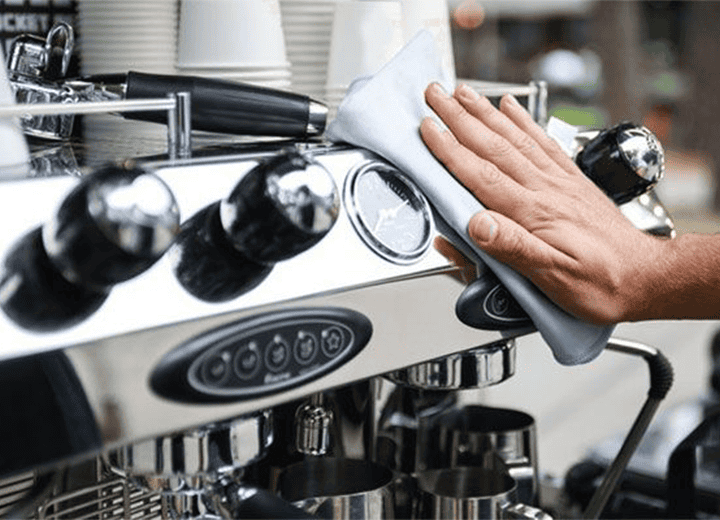
By regularly maintaining and cleaning your espresso machine and grinder, you’ll ensure they continue to perform at their best, providing you with delicious espresso for years to come.
Disclosure: Our blog contains affiliate links to products. We may receive a commission for purchases made through these links. However, this does not impact our reviews and comparisons. We try our best to keep things fair and balanced, in order to help you make the best choice for you.

